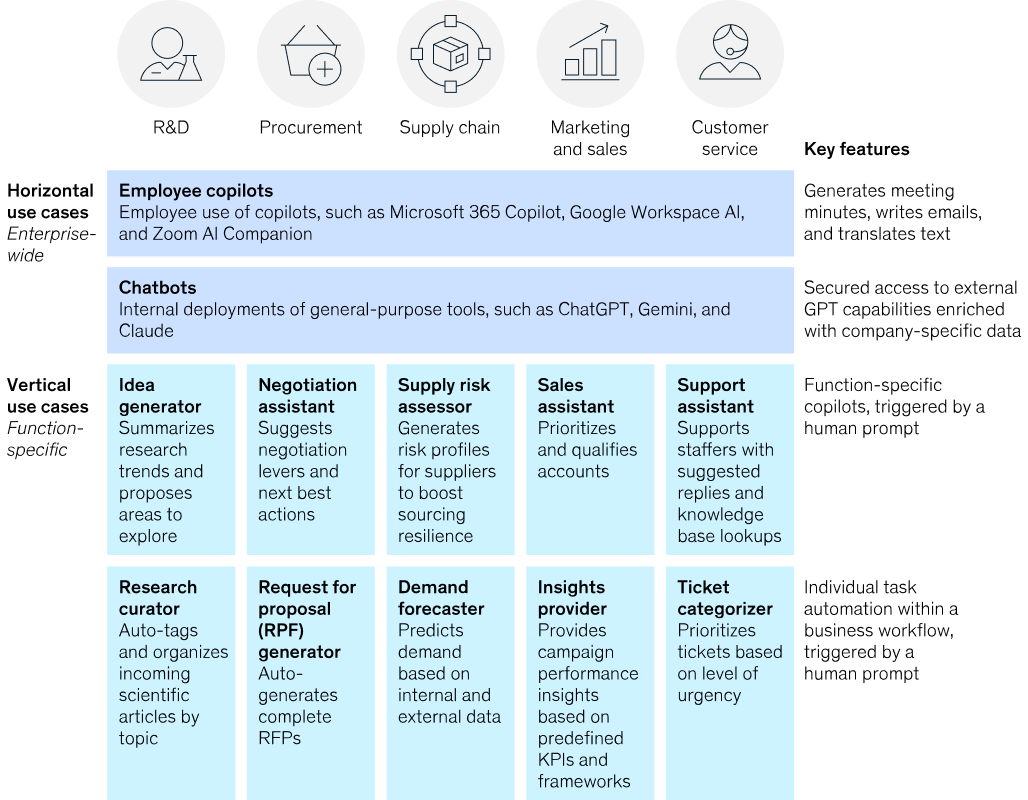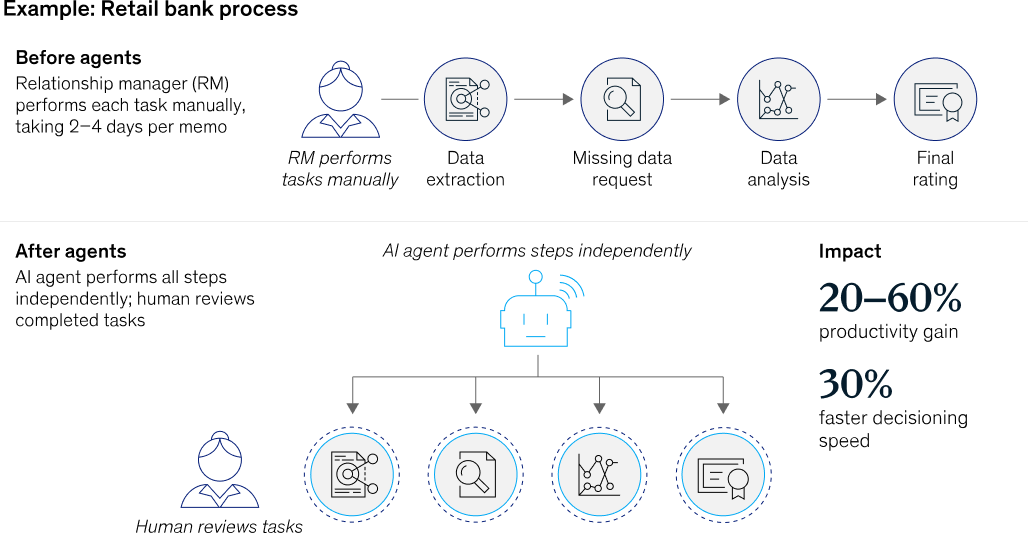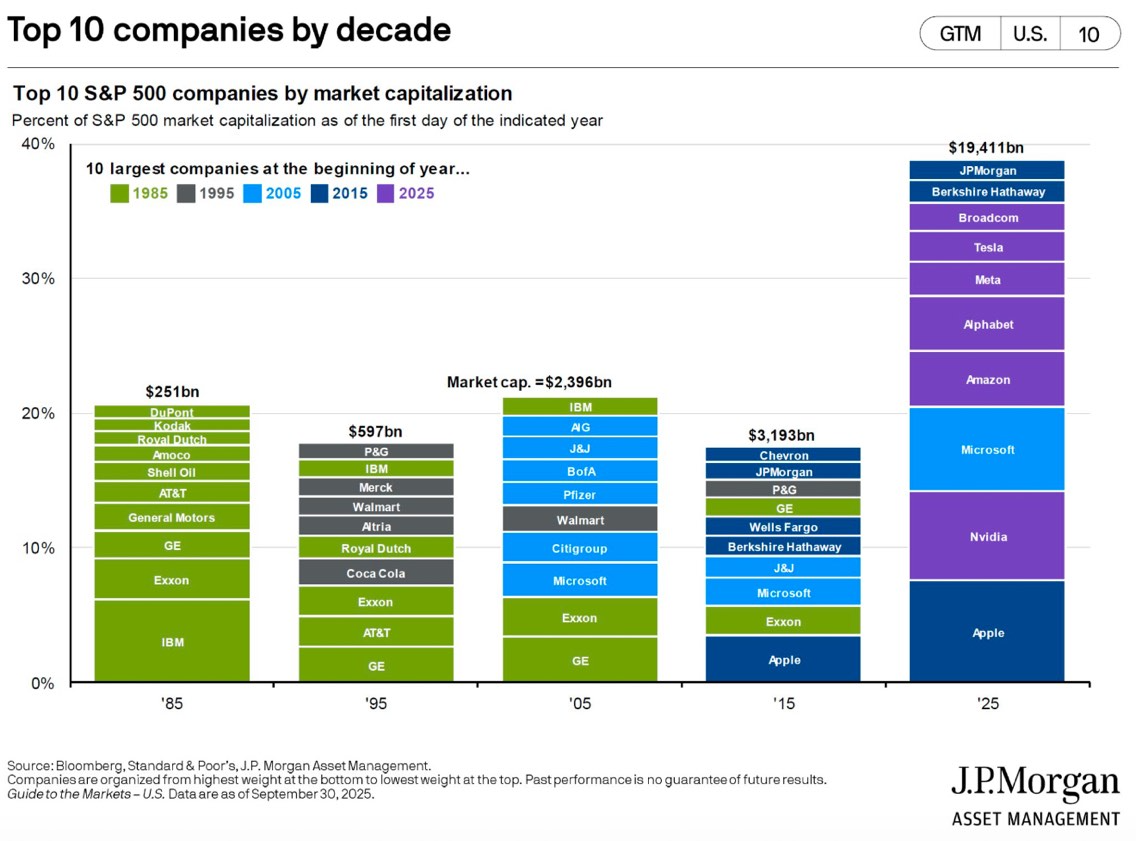Transformation Begins with Structural Resets
Over the past 18 months, we've watched companies build things that were impossible two years ago. Legal work that took associates three days now happens in twenty minutes. Credit underwriting that required senior analysts runs autonomously. Development work that needed full teams gets done by one person with an idea.
This is the structural reset. And the market is repricing accordingly.
The SaaS Blueprint
The significance of SaaS was not timing but structure. It shifted software from a product to a service, proving that delivery models could redefine how technology is built, adopted, and monetized. By turning ownership into access, SaaS unlocked predictable revenue, global reach, and faster innovation—advantages that reshaped the economics of enterprise software.
The SaaS Valuation Reset
SaaS redefined how value itself was measured. Predictable revenue, recurring adoption, and scalable margins triggered a decade of repricing across the category.
As markets recognized the strength of the model, capital began to concentrate around it. Seed valuations more than doubled, rising from around $3-4 million in 2010 to nearly $10 million a decade later. Series A rounds climbed from roughly $7 million to more than $20 million. Deal sizes expanded even faster– seed checks grew from under $1M to over $2M, while Series A rounds reached $10-15 million.
By the mid 2010s, high growth SaaS companies commanded premiums that legacy vendors could not match. Investors weren’t speculating; they were responding to a system that consistently delivered durable economics and repeatable performance.
The Next Benchmark Reset
Applied AI’s structural advantages– autonomous execution, capital efficiency, and compounding intelligence–are redefining early benchmarks. Bessemer’s 2025 analysis identifies two distinct archetypes leading this wave:
- Supernovas: Hypergrowth, Lower Margins
- ~$40M ARR in Year 1 → ~$125M in Year 2
- ~25% gross margin
- ~$1.13M ARR/FTE
- Pattern: Explosive growth through aggressive market capture, reinvesting margin into speed
- Shooting Stars: Efficient Scale
- ~$3M → ~$12M → ~$40M → ~$103M ARR in Years 1–4
- ~60% gross margin
- ~$164K ARR/FTE
- Pattern: SaaS-like economics with AI-driven efficiency gains
Both models dramatically outperform traditional SaaS. Supernovas achieve scale faster by trading margin for velocity. Shooting Stars compound efficiency through automation while maintaining premium economics. The key insight: intelligence enables both paths—growth without proportional cost increase, or efficiency without sacrificing capability.
Just as SaaS commanded new multiples through recurring revenue, Applied AI is earning premium valuations through autonomous execution and fundamentally superior unit economics.
Applied AI: The Next Reset
Applied AI is unfolding along two dimensions that mirror how value forms inside the enterprise:
- Vertical AI — Industry specific intelligence built for precision, compliance, and domain nuance. These systems embed deeply within regulated sectors such as healthcare, finance, and legal where trust, data sensitivity, and specialized reasoning are critical.
- Horizontal AI — Function-spanning platforms that scale across industries, powering universal processes such as sales automation, marketing orchestration, developer productivity, and enterprise knowledge management. Horizontal AI wins through breadth and integration—becoming the intelligence layer across multiple workflows rather than dominating a single domain.

Source: Horizontal vs. Vertical AI Use Cases
The Agentic Evolution
Applied AI is evolving from copilots that assist humans to agents that act on their behalf. Unlike copilots, which augment human workflows, agents own entire outcomes. They plan, decide, and act across systems, orchestrating multi step tasks with little to no supervision. This is not incremental automation, it is structural execution.
Early deployments show the magnitude of the shift:
- Banking modernization: Tasks once handled by large teams are now executed in parallel by AI agents, reducing effort by more than half.

- Retail banking: Credit risk memos that used to take 2-4 days to assemble are now completed in hours. Productivity gains range from 20–60%, with decision-making speed improving by ~30%.

Across the enterprise landscape, the signal is already clear. JPMorgan recently announced plans to roll out thousands of AI agents that automate research, compliance, and risk analysis. The move highlights a broader shift as agents move beyond experimentation and become core parts of enterprise infrastructure.

Global technology and investing leaders frame this shift as nothing less than tectonic:
This new wave is taking shape inside the browser. Agents are moving into the browser layer, connecting through the Model Context Protocol (MCP). The browser is evolving into a programmable workspace where agents can observe, reason, and act across SaaS environments, with MCP standardizing tool access, memory, and permissions turning agentic systems from demos into dependable, cross-application execution.
Why Applied AI Wins
Applied AI succeeds for the same reason SaaS did: it rewrites the unit economics of building and delivering value. Three structural advantages define this new model:
- Capital Efficiency — AI-native companies build leverage through code, not headcount. Harvey scaled to a $1.5B valuation with fewer than 50 employees—work that would have required 200+ in a traditional legal tech company.
- Workflow Lock-In — Intelligence embeds inside repeat, high-value processes, becoming indispensable. Glean integrates directly into enterprise knowledge flows, with daily active use across entire organizations.
- Legacy Displacement — Intelligence-first systems are replacing feature-centric SaaS the same way SaaS replaced on-premise. When AI can execute tasks autonomously, dashboards and manual workflows become obsolete. The question shifts from "what data can I see?" to "what outcomes can the system deliver?"
These advantages converge at a specific inflection point. Foundation models crossed the capability threshold for production use in late 2022-2023—GPT-4 and Claude demonstrated reasoning sophisticated enough for enterprise workflows. Simultaneously, inference costs dropped 10x while accuracy improved, making AI economically viable at scale. Enterprise adoption followed immediately: what took SaaS a decade to achieve, Applied AI is achieving in 18 months.
Resetting the Curve
The early market leaders demonstrate how structural advantages translate into value creation. These companies aren't incrementally better—they've achieved economics that traditional software couldn't match.
Market Leaders Prove the Reset:
These valuations signal a market repricing around fundamentally superior unit economics. Replit reached a $3B valuation by making software development accessible to anyone—eliminating the need for traditional engineering teams. Harvey achieved $1.5B by capturing margin from legal services, not just enabling efficiency. Glean hit $2.2B by becoming infrastructure, not a tool.
The pattern is consistent: intelligence compounds, margins expand, and growth decouples from headcount.
This is the valuation reset in motion. What looked expensive in 2023 will look obvious in 2027.
Key Takeaways
- Structural resets, not incremental features, create enduring value
- Agents execute autonomously; copilots assist—one owns outcomes, the other augments tasks
- AI-native companies reach $100M+ ARR with teams 1/4 the size of SaaS predecessors
- Vertical AI captures 10x+ the value of horizontal by embedding in mission-critical workflows
- The market is repricing: early leaders prove intelligence-first economics command premium multiples
- This moment is time-bound—infrastructure is ready, adoption is live, the window is open
Our Portfolio: Structural Shifts in Action
Our portfolio demonstrates how this shift in practice, with companies turning services into products and automating high-value workflows that legacy systems can't touch.
EyePop.ai: Computer Vision as Infrastructure
EyePop.ai's self-service platform empowers businesses to build custom computer vision models using their own data or leverage curated models from EyePop.ai's library, acting as a virtual machine learning engineer. The company is making advanced computer vision accessible to startups and development companies without machine learning engineers. With EyePop.ai's solution, anyone can create applications that track product quantity, analyze fitness movements, monitor traffic patterns, and detect custom objects specific to their data. Co-founded by Andy Ballester (GoFundMe co-founder), EyePop is democratizing a technology that was previously locked behind expensive engineering teams.
The impact: Computer vision deployment that once cost hundreds of thousands and took six months now happens in a $20/month subscription.
ndaOK: Automating Legal Workflows
ndaOK's GPT-4 powered platform cuts NDA review times by over 90%, helping users start substantive discussions faster. U.S. companies spend billions of dollars annually processing NDAs. Before ndaOK, firms had no choice but to dedicate valuable resources to reviewing NDAs that could have been directed to more valuable work. The platform addresses a massive inefficiency: high-frequency, manual legal work that doesn't require senior attorney judgment.
The transformation: a repetitive, expensive service becomes an automated, scalable product.
goTenna: Resilient Communications Infrastructure
goTenna develops mesh networking technology for defense and law enforcement, creating ad hoc, peer-to-peer networks that operate independently of cell, wifi, and satellite systems. The technology has enabled simultaneous mesh network coverage across entire islands like Oahu, Hawaii, taking under four hours and less than $30K to build. The company is replacing fragile, centralized communications infrastructure with decentralized, resilient systems. Their Pro X2m device enables off-grid, secure communications for uncrewed and autonomous systems in contested environments where traditional networks fail.
The Future Is Embedded
Applied AI is more than a technological wave–it’s the next architecture of enterprise value. The infrastructure has matured, foundation models deliver production-grade performance, and enterprises are moving from pilots to deployment. The conditions that constrained early AI applications no longer apply.
The companies being built today will define the next decade of enterprise software, not by competing on features but by operating on fundamentally different economics. When intelligence executes work autonomously, traditional software models become obsolete. The question isn't whether this shift will happen—it's who will lead it.
Structural shifts create narrow windows of opportunity. SaaS rewarded those who recognized the pattern in 2010, not 2015. Applied AI is following the same trajectory, but the window is smaller and the pace is faster. The market is already repricing, capital is concentrating around early leaders, and the first generation of AI-native companies is proving the model works
This moment belongs to founders and investors who see the pattern clearly: when the structure resets, so do the winners. Applied AI is not competing with the present–it is defining what comes next.







